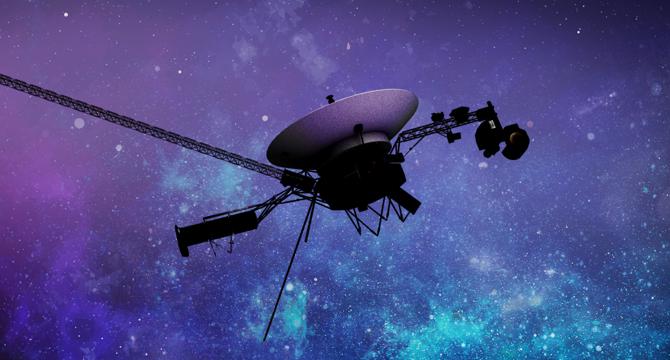Nasa
1M
317

Image Credit: Nasa
NASA Turns Off 2 Voyager Science Instruments to Extend Mission
- NASA's Voyager 1 and Voyager 2 have had two science instruments turned off by mission engineers in a bid to extend their mission.
- The instruments were turned off to conserve energy as the power supply of the twin probes diminishes gradually.
- Voyagers 1 and 2 launched in 1977 and rely on a radioisotope power system that loses about 4 watts of power annually.
- The decision to turn off the cosmic ray subsystem on Voyager 1 and the low-energy charged particle instrument on Voyager 2 was made to prolong their operations.
- Each spacecraft still has three science instruments operating, with some instruments being turned off after the completion of planetary flybys.
- The shut-down instruments include those that studied cosmic rays and particles from the galaxy and the Sun.
- Engineers estimate that the probes could have enough power to continue operating with at least one science instrument into the 2030s.
- Voyager 1 and Voyager 2 remain as the most distant human-made objects, with Voyager 1 over 15 billion miles away and Voyager 2 over 13 billion miles from Earth.
- The spacecraft's exploration of interstellar space continues, with engineers working to maximize the time the Voyagers remain operational.
- The distance between Earth and the probes results in significant communication delays, showcasing the remarkable feats of these long-lasting missions.
Read Full Article
19 Likes
For uninterrupted reading, download the app